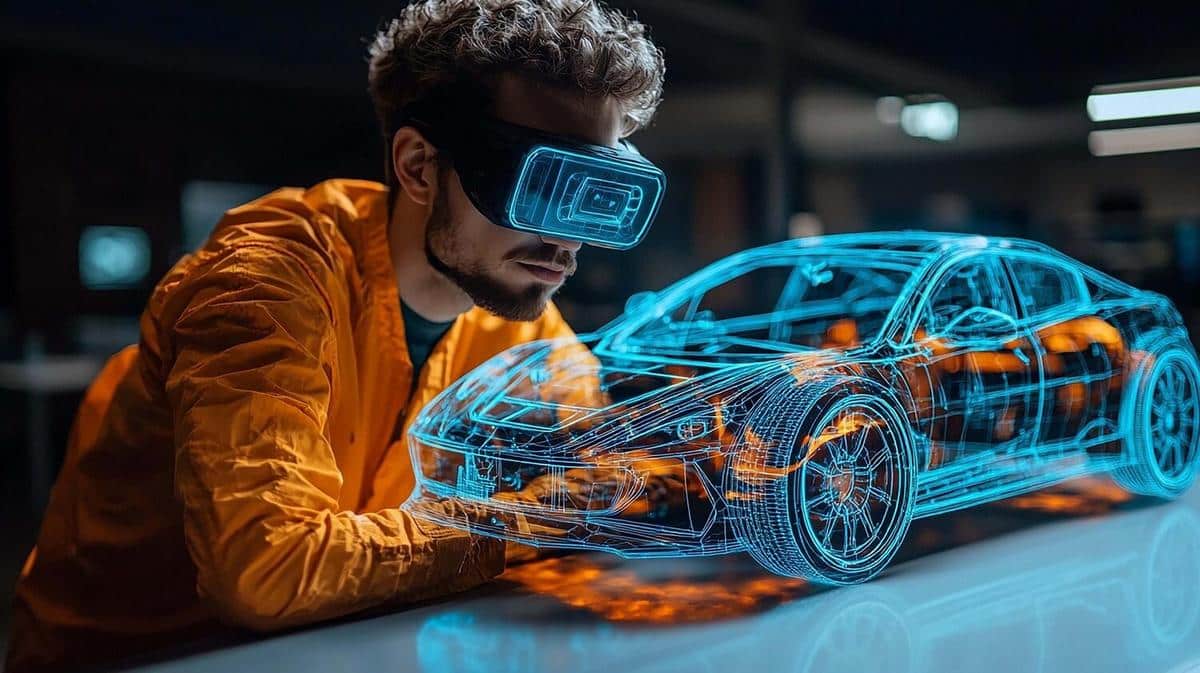
3D Printing and its Influence on Future Car Models
The automotive industry stands on the brink of transformation, with 3D printing emerging as a pivotal force reshaping how future car models are designed and manufactured.
3D printing, also known as additive manufacturing, is revolutionizing the automotive sector by offering innovative solutions that were once deemed impossible. As manufacturers strive to meet demands for sustainability, cost-efficiency, and customization, 3D printing plays a crucial role in achieving these goals.
Transforming Automotive Design
One of the most significant impacts of 3D printing is observed in the design phase. By allowing designers to create intricate parts that traditional methods cannot produce, it opens new avenues for creativity and innovation. According to a report by SmarTech Analysis, the automotive 3D printing market is expected to reach over $9 billion by 2029, illustrating its growing significance.
Expert Insights
Industry experts like Dr. Jennifer Lewis, a professor at Harvard University, emphasize the potential of 3D printing in creating complex geometries that optimize performance and reduce weight. This capability is essential in developing lighter and more efficient vehicles.
Statistics and Research
A study conducted by Deloitte highlights that 3D printing can reduce production costs by up to 90% for specific components. By minimizing waste and enabling rapid prototyping, manufacturers can streamline their processes and bring designs to market faster.
Practical Applications
Automakers are already leveraging 3D printing to produce parts such as engine components, lightweight body frames, and interior features. This technology allows for rapid prototyping, which helps test various designs and materials before settling on the final product.
| 3D Printing Application | Impact |
|---|---|
| Prototyping | Reduces time and cost in testing phases |
| Customized Parts | Enhances personalization for consumers |
| Complex Geometries | Enables innovative design solutions |
| Weight Reduction | Improves fuel efficiency |
| Tooling | Decreases manufacturing setup time |
| Spare Parts | Improves supply chain efficiency |
| Interior Features | Allows bespoke customization |
| Engine Components | Enhances performance with optimized designs |
Challenges and Considerations
Despite its benefits, 3D printing also presents challenges, such as the need for skilled technicians and concerns over material strength. However, ongoing research and development continue to address these issues, paving the way for wider adoption.
When exploring 3D printing options, consider collaborating with specialized firms that have experience in automotive applications to ensure the highest quality outcomes.
Looking Forward
The future of automotive design with 3D printing looks promising, with the potential for even greater integration into production lines. As materials improve and costs decrease, expect to see more car manufacturers embracing this technology to meet consumer demands for innovative and sustainable vehicles.
Frequently Asked Questions
What is 3D printing’s role in car manufacturing?
3D printing allows for the creation of complex, lightweight parts, rapid prototyping, and customization in car manufacturing.
How does 3D printing reduce costs?
By minimizing waste, reducing tooling costs, and accelerating the design process, 3D printing significantly lowers production expenses.
Are there any limitations to 3D printing in automotive design?
Current limitations include material strength, production speed, and the need for skilled technicians, which are being addressed through ongoing research.
What types of car parts are commonly 3D printed?
Commonly 3D printed parts include engine components, lightweight body frames, interior features, and customized elements.
In conclusion, the influence of 3D printing on future car models is undeniable, offering a pathway to more sustainable, efficient, and personalized vehicles. As this technology continues to evolve, its integration into automotive design will undoubtedly accelerate, benefiting both manufacturers and consumers alike.


